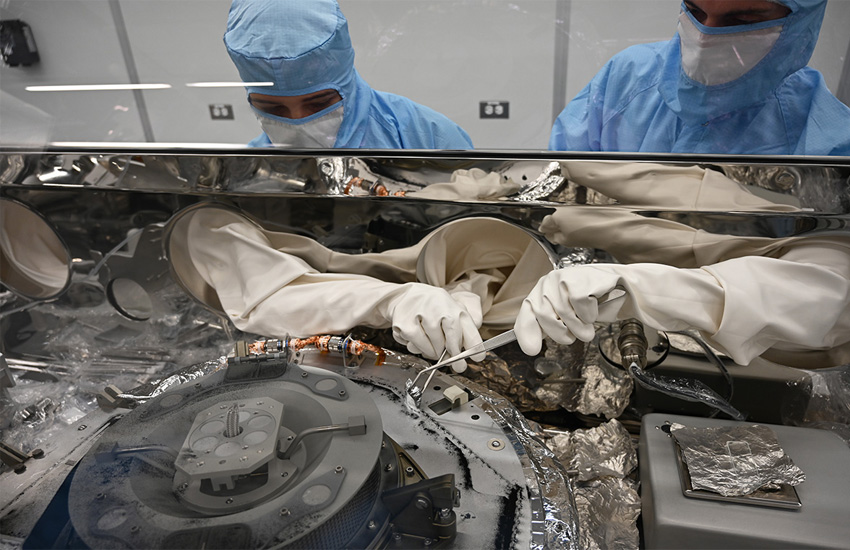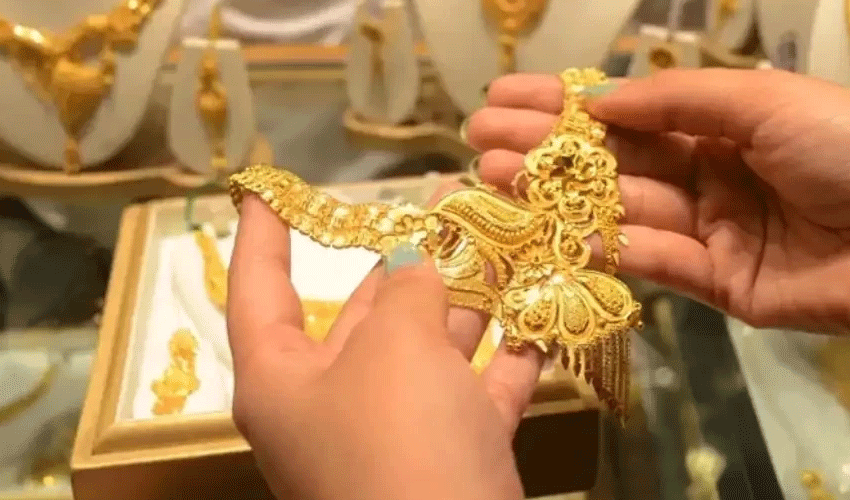In a stunning feat of scientific perseverance, NASA has overcome a formidable obstacle in the quest to unlock the secrets of our solar system.
After the successful return of its spacecraft, OSIRIS-REx, carrying a historic 70 grams of material harvested from the asteroid Bennu, scientists faced a daunting challenge in extracting the complete sample.
The meticulous process, akin to a delicate surgical operation in space, encountered a roadblock when two of the 25 fasteners securing the precious cargo resisted all attempts at opening. The intricacies of this task were compounded by the need to preserve every iota of the valuable asteroid sample, making a simple extraction a complex and demanding ordeal.
NASA's ingenious team of engineers, undeterred by the sticky screws, embarked on a journey of innovation. Custom-designed tools, crafted from a special surgical steel, were meticulously engineered to navigate the confinements of the glove box that housed the sample.
These bespoke tools, crafted with the utmost precision, proved to be the key to overcoming the challenge, ensuring the safety of the asteroid material.
Nicole Lunning, OSIRIS-REx curator at NASA's Johnson Space Center, lauded the team's resilience, saying, "In addition to the design challenge of being limited to curation-approved materials to protect the scientific value of the asteroid sample, these new tools also needed to function within the tightly-confined space of the glovebox, limiting their height, weight, and potential arc movement."
With the vexing fasteners finally removed, the scientists are poised to dismantle the Touch-and-Go Sample Acquisition Mechanism (TAGSAM) that cradles the celestial treasure. The TAGSAM will be carefully disassembled, and the remaining portion of the sample still within will be documented and weighed to ascertain the complete quantity of the material.
Eileen Stansbery, division chief for ARES (Astromaterials Research and Exploration Science) at Johnson, expressed her admiration for the team's unwavering dedication, saying, "Our engineers and scientists have worked tirelessly behind the scenes for months to not only process the more than 70 grams of material we were able to access previously, but also design, develop, and test new tools that allowed us to move past this hurdle."



























